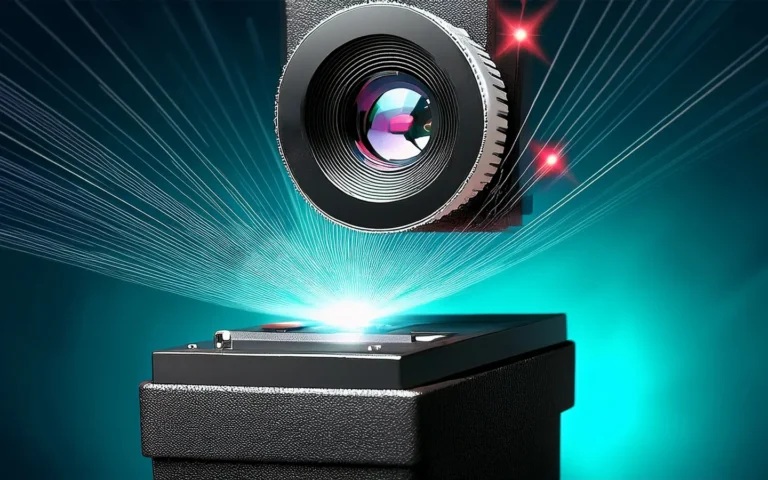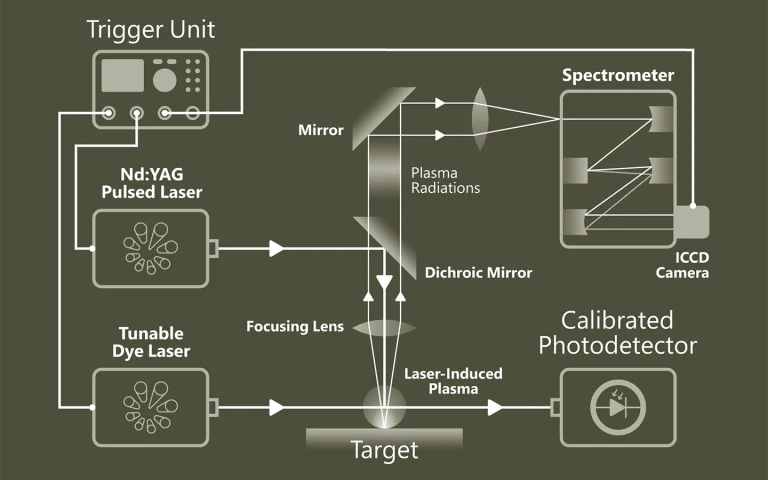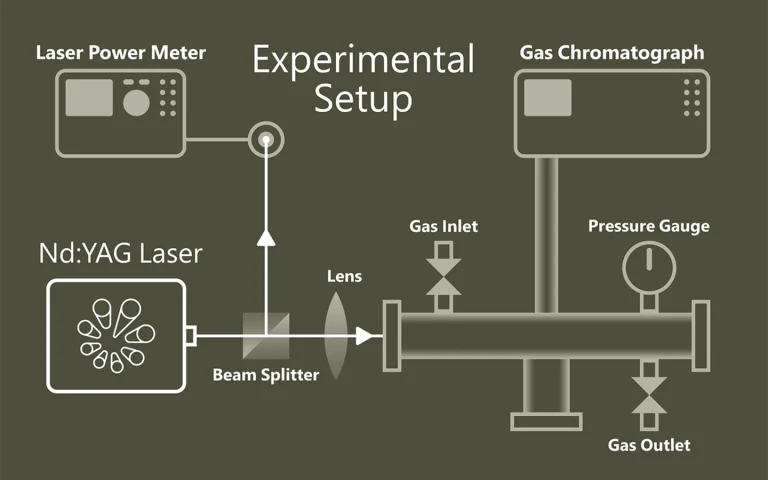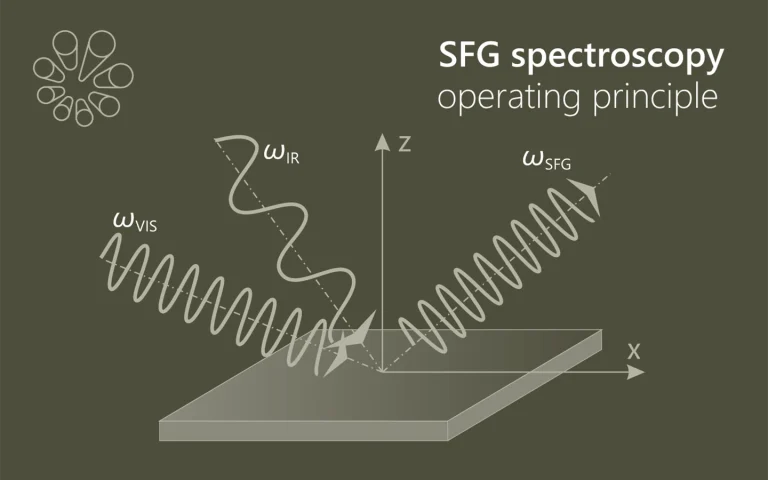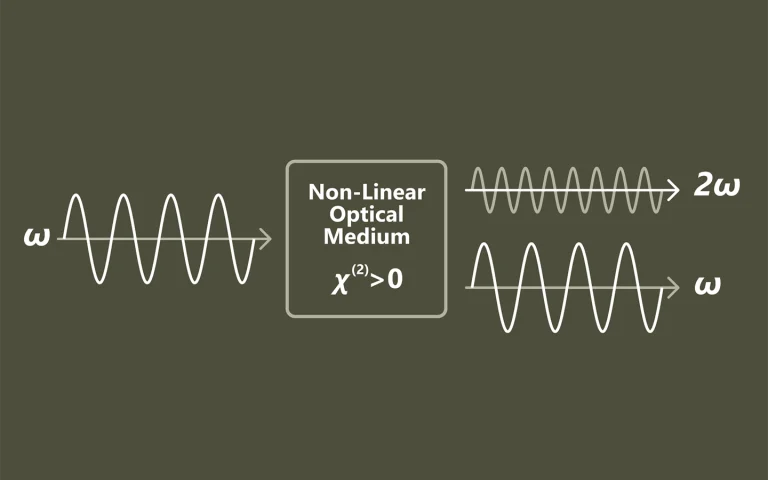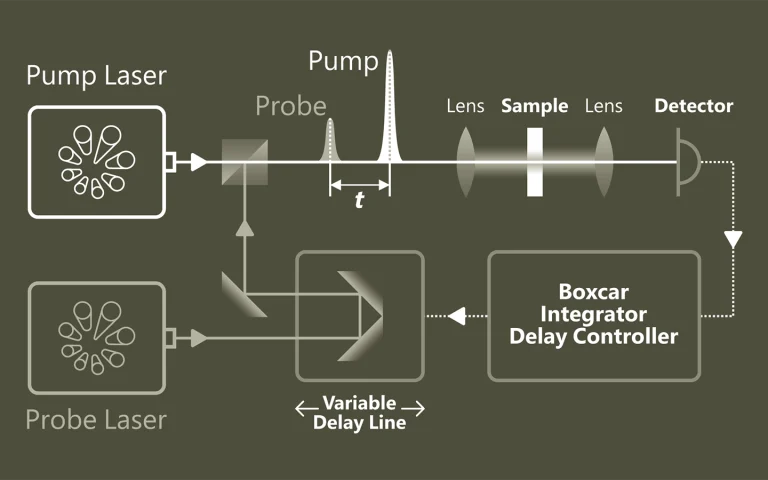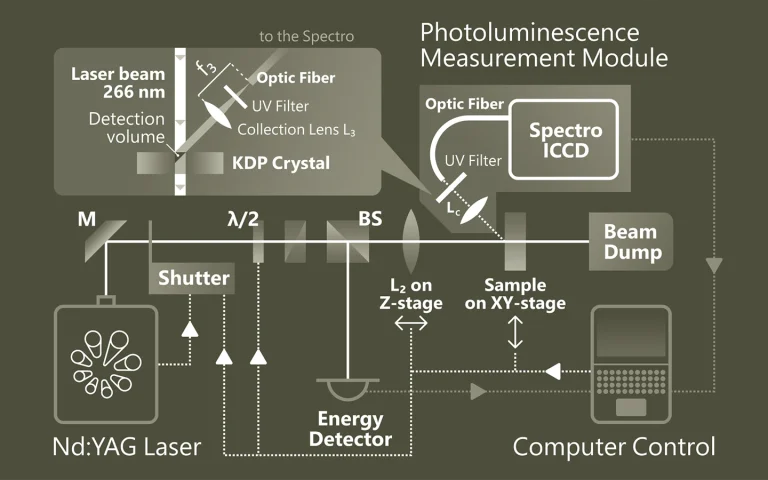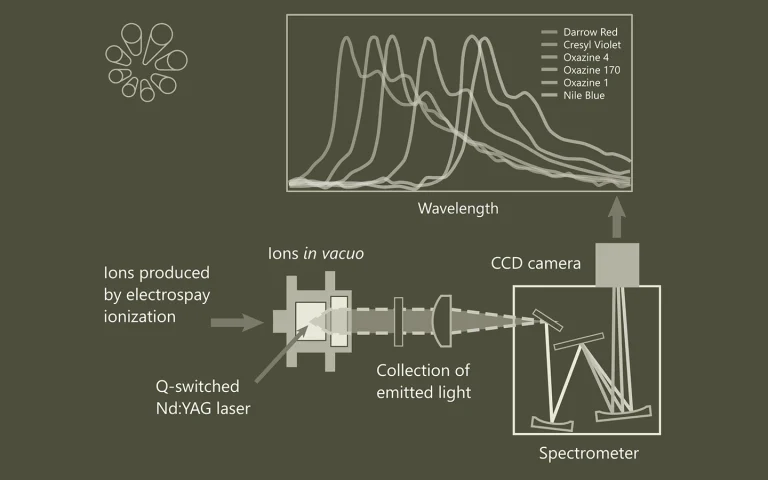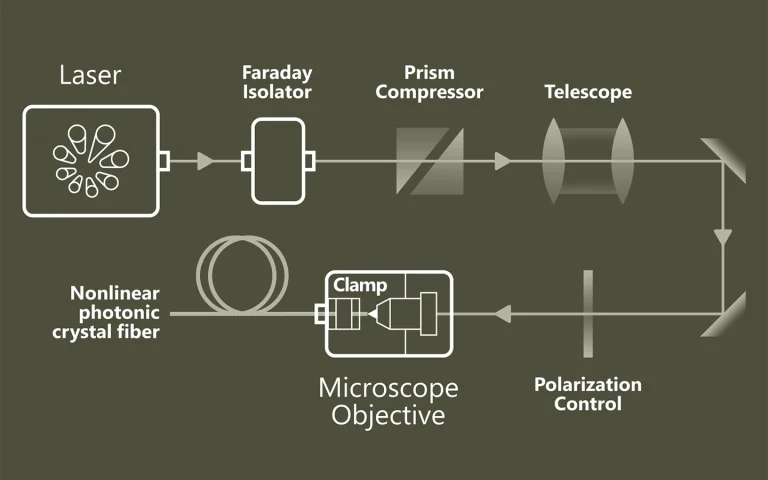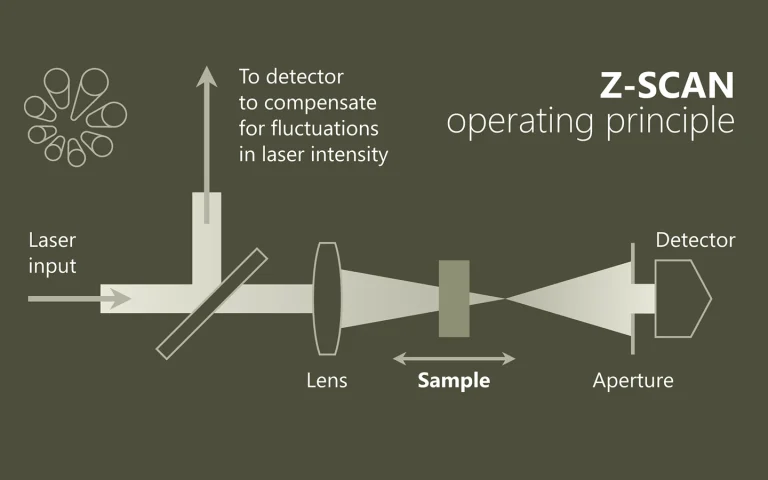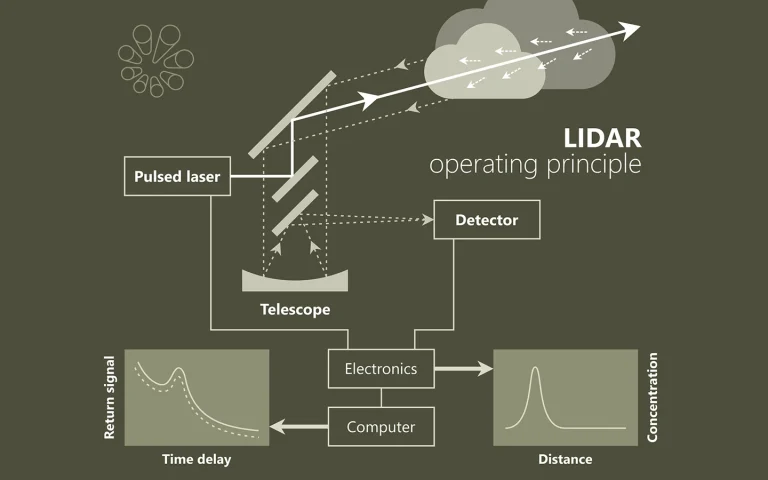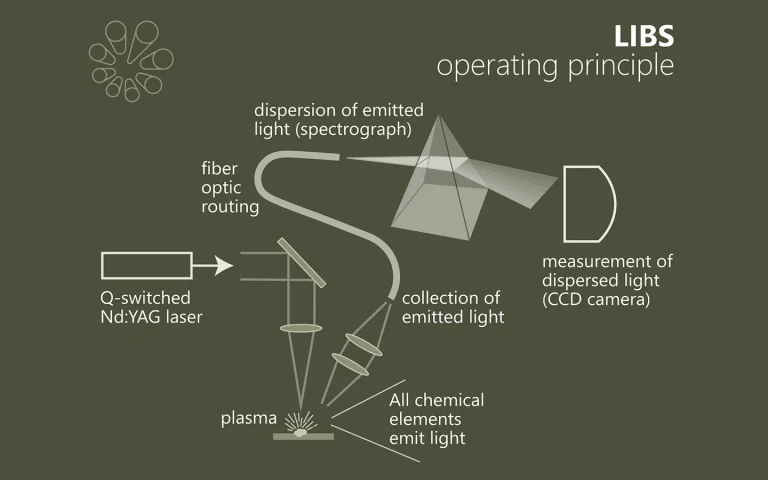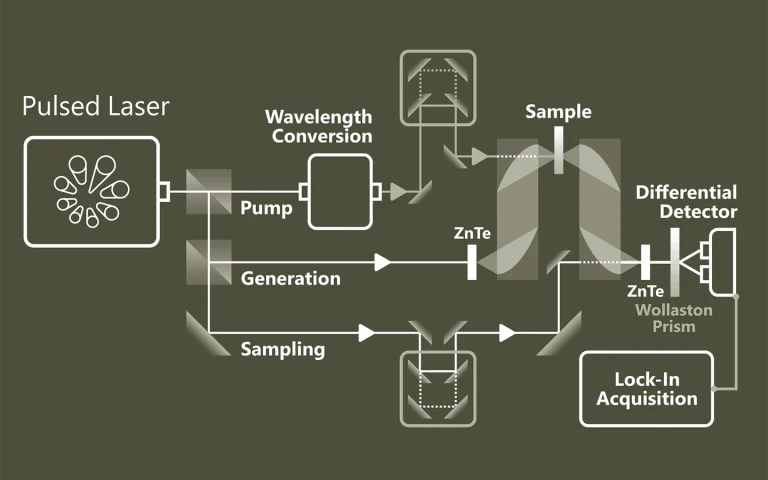Laser spectroscopy
For a long time laser spectroscopy has been source of inspiration for EKSPLA scientific laser engineers. Explore some typical applications where our picosecond and nanosecond lasers has been employed.
Plasma physics
Laser-induced plasma has been used for different diagnostic and technological applications as detection, thin film deposition, and elemental identification. Laser-Induced Plasma Spectroscopy ( LIPS), or sometimes called Laser-Induced Breakdown (LIBS) or Laser Spark Spectroscopy (LSS) is a powerful tool for rapid in-situ analyses of solid, liquid or gaseous samples. Some examples include on-line monitoring in the steel industry, control of materials and leakages in power plants, environmental analyses (soils, waters), analyses of objects related to Cultural Heritage, explosive identification in the protection against terrorism and planetary exploration (surface characterization).
Pulsed laser deposition is a thin film deposition (specifically a PVD) technique, where a high power pulsed laser beam is focused inside a vacuum chamber to strike a target of the deposit material. Conceptually and experimentally, pulsed laser ablation is an extremely simple technique; probably the simplest among all thin-film growth techniques.
With progress in short-pulse laser techniques, newly generated plasma applications appear. Extreme ultraviolet (EUV) sources based on laser-produced plasmas (LPP) emitting at a wavelength of tens of nm are currently being developed with tremendous effort for the next generation of semiconductor microlithography. Besides high-power sources for high volume manufacturing, compact EUV sources of lower average power are also needed for metrology purposes, for example, for mask inspection, actinic material testing, or optics and sensor characterization. Moreover, tabletop LPP sources are also employed to generate soft x-ray (SXR) radiation for microscopy or absorption spectroscopy in the water window spectral range (2.2 – 4.4 nm).
The availability of synchrotron x-ray and laser-plasma x-ray sources have revolutionized the capabilities of time-resolved x-ray diffraction investigations, the development of streak camera x-ray detectors, static and streak mode charge-coupled device (CCD) x-ray area detector techniques, and specialized scintillation detection schemes.
Effects of pressure and substrate temperature on the growth of Al-doped ZnO films by pulsed laser deposition
Al-doped ZnO (AZO) thin films were deposited on p-Si (100) by pulsed laser deposition from a composite ceramic target (ZnO:Al2O3) by using 355 nm laser at different O2 background pressure and substrate temperature. Upon ablation at laser fluence of 2 Jcm−2, plasma plume consists of Zn neutrals and ions, Al neutrals and O neutral are formed. As the O2 background pressure increases from 3 Pa to 26 Pa, the energy of the plasma species are moderated. The results show that the ions density and velocity reduced significantly above 13 Pa. The velocity of the ions reduced from 14 kms−1 to 11 kms−1 at 13 Pa, while the ions energy reduced from 63 eV to 42 eV respectively. Below 13 Pa, crystalline and homogeneous AZO nanostructured films were formed. Above 13 Pa, the process results in low crystallinity films with higher porosity. The resistivity of the films also increases from 0.1 ohmcm to 24 ohmcm as the pressure increased. At fixed O2 background pressure of 3 Pa, the adatom mobility of atoms on the substrates is altered by substrate heating. The resistivity of the films decreased to 10–3 ohmcm when the substrates are heated to 100 °C–300 °C during deposition. The films with highest carrier density of 1020 cm−3 and carrier mobility of 13 cmV−1 s−1 are achieved at 200 °C.
Soft x-ray emission from laser-produced strontium ions
Soft x-ray spectra, in the range from 2 nm to 9 nm, were recorded from strontium plasmas formed by pulses from 20 ps, 170 ps and 5.5 ns Nd:YAG lasers operating at the fundamental wavelength of 1064 nm. Features due to 3d–4p and 3d–4f transitions were identified by comparison with spectra from adjacent ions and atomic structure calculations with both the Cowan code and the Flexible Atomic Code. As in the spectra of ions of other elements in the fifth row of the periodic table, resonant lines 3dn–3dn−14p1, 3dn–3dn−14f1 and satellite lines 3dn−14s1–3dn−24s14p1, 3dn−14s1–3dn−24s14f1 of Δn = 1 were observed over the 3.0 – 8.5 nm region, emitted by 10+ to 19+ ions. These Δn = 1 transitions provide a range of narrow band emission features which may match to specific multi layer combinations for reflective optics in the extreme ultraviolet region of the spectrum.
Optical coherence tomography (OCT) with 2 nm axial resolution using a compact laser plasma soft X-ray source
We present optical coherence tomography (OCT) with 2 nm axial resolution using broadband soft X-ray radiation (SXR) from a compact laser plasma light source. The laser plasma was formed by the interaction of nanosecond laser pulses with a gaseous target in a double stream gas puff target approach. The source was optimized for efficient SXR emission from the krypton/helium gas puff target in the 2 to 5 nm spectral range, encompassing the entire “water-window” spectral range from 2.3 nm to 4.4 nm wavelength. The coherence parameters of the SXR radiation allowed for the OCT measurements of a bulk multilayer structure with 10 nm period and 40% bottom layer thickness to period ratio, with an axial resolution of about 2 nm and detect multilayer interfaces up to a depth of about 100 nm. The experimental data are in agreement with OCT simulations performed on ideal multilayer structure. In the paper, detailed information about the source, its optimization, the optical system, OCT measurements and the results are presented and discussed.
Initiation of vacuum insulator surface high-voltage flashover with electrons produced by laser illumination
In this paper, experiments are described in which cylindrical vacuum insulator samples and samples inclined at 45° relative to the cathode were stressed by microsecond timescale high-voltage pulses and illuminated by focused UV laser beam pulses. In these experiments, we were able to distinguish between flashover initiated by the laser producing only photo-electrons and when plasma is formed. It was shown that flashover is predominantly initiated near the cathode triple junction. Even dense plasma formed near the anode triple junction does not necessarily lead to vacuum surface flashover. The experimental results directly confirm our conjecture that insulator surface breakdown can be avoided by preventing its initiation [J. G. Leopold et al., Phys. Rev. ST Accel. Beams 10, 060401 (2007)] and complement our previous experimental results [J. Z. Gleizer et al., IEEE Trans. Dielectr. Electr. Insul. 21, 2394 (2014) and J. Z. Gleizer et al., J. Appl. Phys. 117, 073301 (2015)].
Emission properties of ns and ps laser-induced soft x-ray sources using pulsed gas jets
The influcence of the pulse duration on the emission characteristics of nearly debris-free laser-induced plasmas in the soft x-ray region (λ ≈1-5 nm) was investigated, using six different target gases from a pulsed jet. Compared to ns pulses of the same energy, a ps laser generates a smaller, more strongly ionized plasma, being about 10 times brighter than the ns laser plasma. Moreover, the spectra are considerably shifted towards shorter wavelengths. Electron temperatures and densities of the plasma are obtained by comparing the spectra with model calculations using a magneto-hydrodynamic code.
Peculiarity of convergence of shock wave generated by underwater electrical explosion of ring-shaped wire
Nanosecond timescale underwater electrical wire explosions of ring-shaped Cu wires were investigated using a pulsed generator with a current amplitude up to 50 kA. It was shown that this type of wire explosion results in the generation of a toroidal shock wave (SW). Time- and space-resolved optical diagnostics were used to determine azimuthal uniformity of the shock wave front and its velocity. It was found that the shock wave preserves its circular front shape in the range of radii 50 μm<r<5 mm. At r≤15μm, azimuthal irregularities of the SW front were obtained indicating the appearance of azimuthal instability. A surprising finding is that the shock wave propagates with a constant velocity of vsw=1.2M, where M is the Mach number. The dynamics of the leading part of the shock wave, based on the oblique shock wave theory, is presented, explaining the constant velocity of the shock wave.

